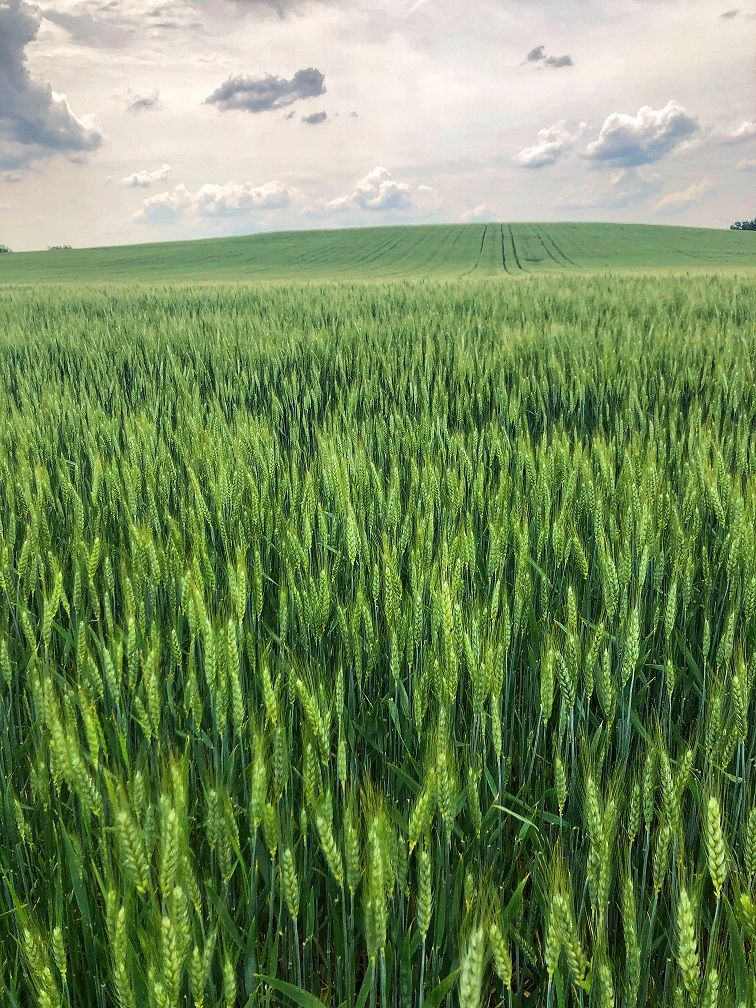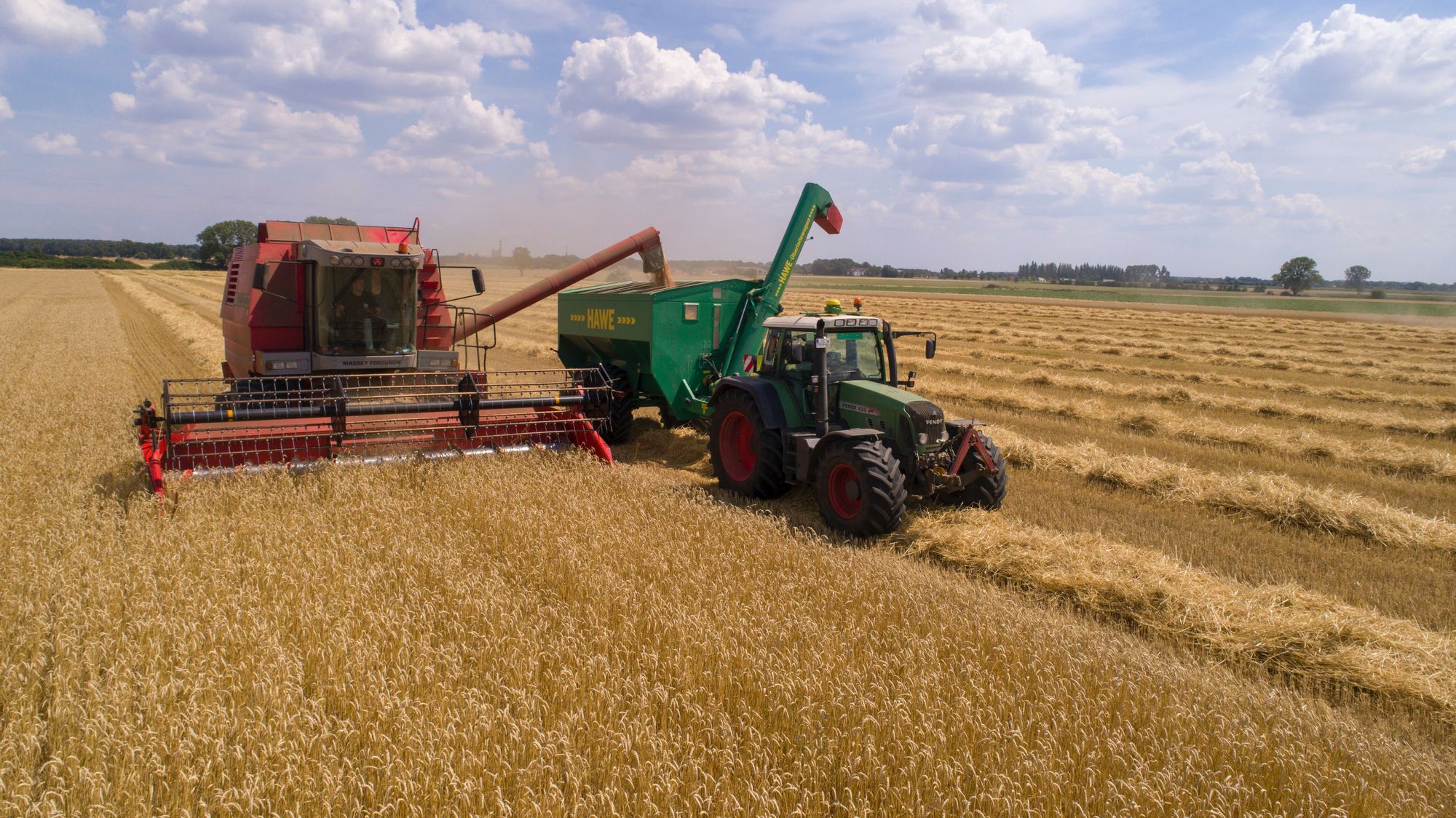The Complicated History of Wheat Farming: From Staple Crop to Industrialized Food System

Wheat has been a staple crop for thousands of years, and its cultivation has played a significant role in the development of human civilization. However, the industrialization of wheat farming has led to a range of negative effects on both the environment and human health. In this blog, we'll explore the complex history of wheat farming and its relation to the modern-day industrialized food system.
The domestication of wheat dates back to around 10,000 years ago in what is now modern-day Turkey. Since then, wheat has been grown all over the world and has become one of the most widely cultivated and consumed crops. In the United States, wheat is grown primarily in the Great Plains region, with the top-producing states being Kansas, North Dakota, and Montana.


The advent of industrialization in the 19th century led to major changes in the way wheat was grown and processed. Large-scale farming operations became the norm, with farmers relying on synthetic fertilizers and pesticides to increase yields. The Green Revolution of the mid-20th century further intensified this trend, with the development of new high-yielding wheat varieties and increased use of chemical inputs.

However, this industrialized approach to wheat farming has had numerous negative effects on the environment. The heavy use of synthetic fertilizers and pesticides has led to soil degradation, water pollution, and the loss of biodiversity. Additionally, the monoculture farming practices that are common in industrialized wheat farming have led to increased susceptibility to pests and disease.

On the other hand, there are also positive aspects to modern wheat farming. The increased yields have allowed for greater food security, and advancements in milling and processing technology have made wheat products more accessible and affordable to people all over the world.
In recent years, there has been a growing movement toward more sustainable and regenerative methods of wheat farming. This includes practices such as crop rotation, cover cropping, and reduced tillage, which can help to restore soil health and reduce the need for synthetic inputs. Additionally, there has been increased interest in ancient and heritage wheat varieties, which are often more resilient and nutritious than modern high-yield varieties.
The history of wheat farming is a complicated one, with both positive and negative aspects. While the industrialization of wheat farming has led to increased food security and accessibility, it has also had numerous negative environmental and health effects. However, there are promising signs of a shift toward more sustainable and regenerative methods of wheat farming that can help to address these issues.
